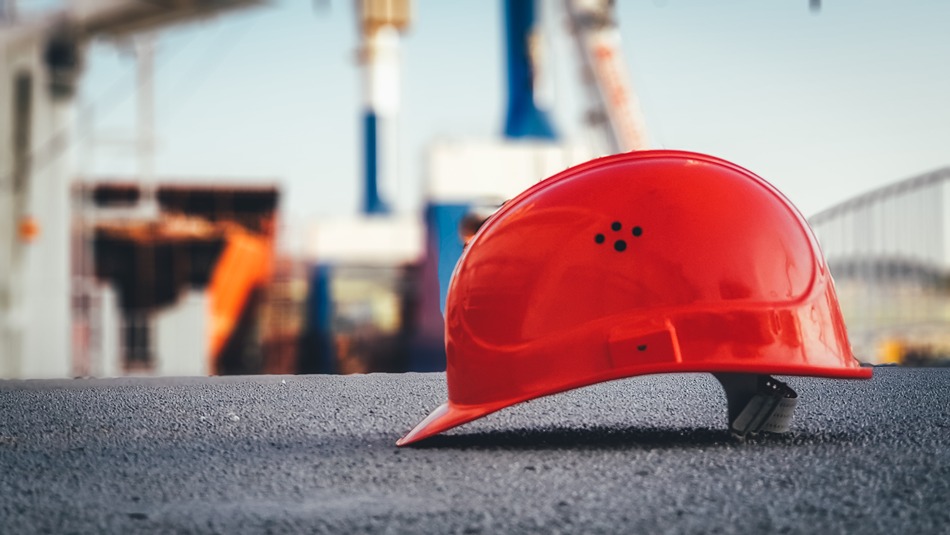
Excavation and digging trenches are integral parts of most construction projects. Buildings must have proper drainage, and pipes and cables must be laid.
Digging trenches has numerous hazards, which can put workers’ lives at risk. Workers could be trapped, injured, or killed when a trench collapses.
If you are a construction worker who suffered injuries in a trench collapse, the contact an experienced New Mexico trench collapse lawyer at Tawney, Acosta & Chaparro P.C. who will help you pursue compensation for your injuries.
What Is a Trench Collapse?
So, what is a trench collapse? Trenches are narrow excavations made beneath the ground surface. A trench’s depth is greater than its width, and its width is usually not greater than 15 feet at the bottom.
Workers typically dig these narrow cavities by hand during construction. Soil is unpredictable, which increases the risk of a cave-in or collapse.
It’s estimated that one cubic yard of soil can weigh as much as a vehicle. When trenches are unprotected, they can kill multiple people.
According to the Centers for Disease Control and Prevention, trench collapse victims rarely survive. From 2003 to 2017, there were 373 trenching fatalities. More than 80% of these collapses involved construction sites.
What Causes a Trench Collapse on a Construction Site?
What causes a trench collapse on a construction site? Several situations can lead to a trench collapse, including stress loading the soil, inadequate protection systems, vibration, and not inspecting the trench before entering.
Read on to learn more about these leading causes of trench collapses.
Stress Loading the Soil
Additional stress on the trench walls can lead to a cave-in. One of the most common causes of additional stress is parking construction equipment too close to the trench. Heavy equipment should always remain at a safe distance from trenches.
Failure to Implement Safety Protection Systems
Before excavating a trench, companies should take extra precautions to ensure Occupational Safety and Health Administration (OSHA) guidelines are followed. OSHA recommends that all trenches have the following:
- Sloping—this technique involves cutting the trench wall at an angle and reduces large piles of dirt that can collapse on a worker;
- Shoring—to shore a trench wall, workers install timber supports that keep the trench from caving in; and
- Shielding—this technique uses trench boxes or other supports to keep workers safe should the trench walls become unstable.
Some employers cut corners to save money and time at the expense of worker safety. Workers should refuse to go in a trench that hasn’t been adequately inspected or protected.
Vibrations
Anything that causes vibrations can cause a trench wall to destabilize. Common examples of vibrations that can cause a trench to collapse include movement from construction equipment or nearby traffic.
Failure to Inspect
Inspecting the trench is crucial. The proper inspection process involves classifying the soil composition and water content. The inspector must also determine if weather changes have impacted the trench walls’ integrity.
Construction companies must inspect the trench before every shift. An overnight rainstorm could spell catastrophe for the next day’s workers.
Other Trench Hazards
Trenches can pose other safety risks for site workers. Some of these include:
- Falling—workers could fall while working around the trench, especially if they are trying to cross it or if they are doing other tasks such as installing barriers or pulling up signs;
- Struck by objects—tools and other equipment could fall into the trench, injuring workers below;
- Flooding—flooding can happen if workers accidentally rupture an underground water pipe or if there is heavy rain;
- Electrical hazards—underground power lines, electrical wiring, and other underground utilities can create a risk of electrocution; and
- Atmospheric conditions—working underground can expose workers to toxic fumes and chemicals that excavation might uncover.
If you or someone you love was injured or killed in a trench accident, an experienced New Mexico construction site accident lawyer can help protect your legal rights.
Common Trench Injuries
A trench collapse can cause people to be buried under the dirt, resulting in suffocation. If someone survives, they will likely suffer brain damage. Broken bones and crushed limbs are also common injuries.
Other trench-related accident injuries might include lung damage from dangerous fumes, drowning from flooding, and electrocution from electrical accidents.
Who Is Liable for Trench Collapse Accidents?
Employers must have workers’ compensation coverage for New Mexico employees involved in construction activities, regardless of the number of employees.
This coverage requirement includes out-of-state contractors working in New Mexico. Workers’ compensation is mandatory for LLCs, partnerships, and corporations, even if the employer only has one executive employee.
Personal injury cases and workers’ compensation might be options after a New Mexico construction accident occurs. However, there are some notable differences.
For one, workers’ compensation doesn’t require you to prove fault. You can file a claim without showing that someone else caused your injuries.
Workers’ compensation claims do not include compensation for tort-based damages, such as pain and suffering or emotional distress.
Unless your employer had inadequate workers’ compensation coverage or acted intentionally, you likely cannot bring a personal injury lawsuit against them. However, you might have a third-party liability claim against one or more other parties.
Trench collapses involving fault on the part of someone other than your employer could open the door to a personal injury lawsuit.
For example, if defective construction equipment contributed to the trench collapse, you might file a lawsuit against the equipment manufacturer.
The owner of the property where the construction site is located might also be liable under premises liability law for unreasonably dangerous conditions on the property.
If you have a viable personal injury claim against a third party, you can pursue compensation for your pain and suffering and other related general damages.
Contact a Trench Accident Lawyer in New Mexico
Pursuing compensation for injuries sustained in a trench collapse is complicated. You need a skilled New Mexico construction accident lawyer to help you determine whether you are able to bring a personal injury claim.
The lawyers at Tawney, Acosta & Chaparro P.C. have years of experience assisting workers who were injured on construction sites.
Our lawyers can evaluate your case and help you understand your options. We offer free, no-obligation consultations, so you have nothing to lose by meeting with us to learn how we can assist.
Contact us today to schedule your initial consultation.

